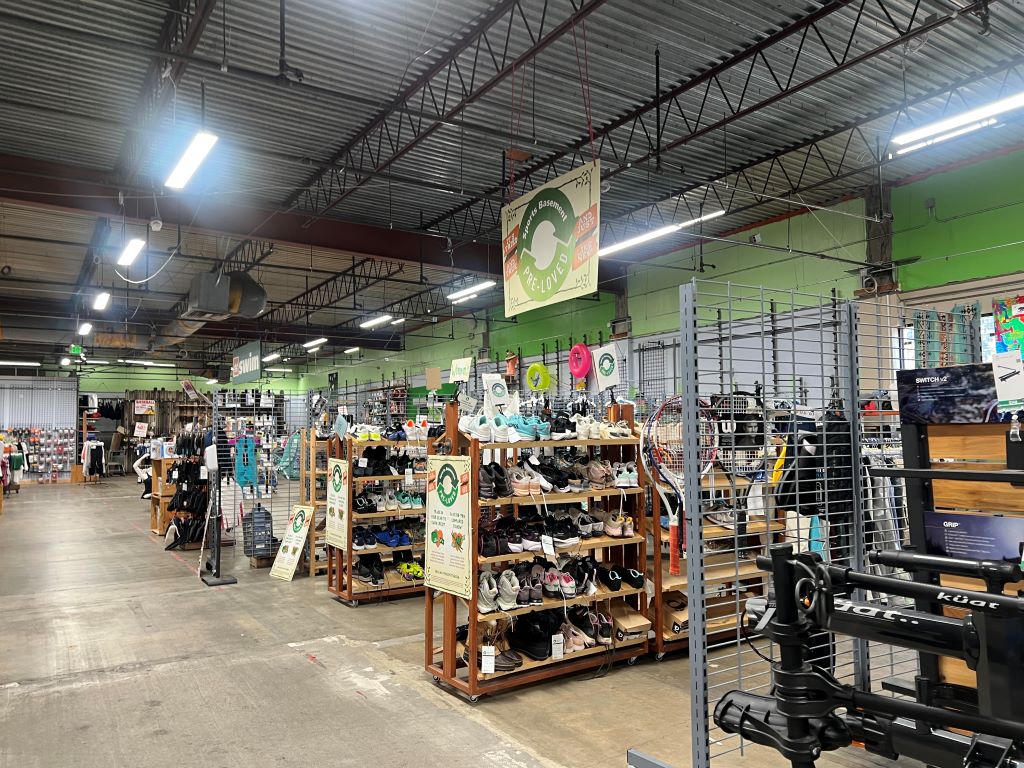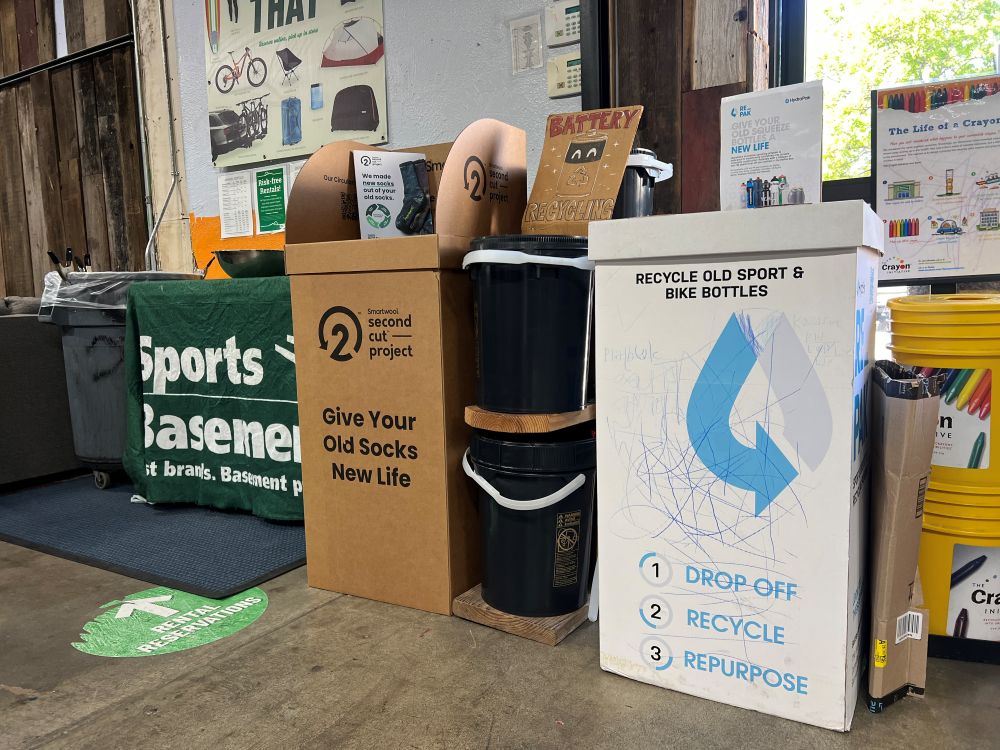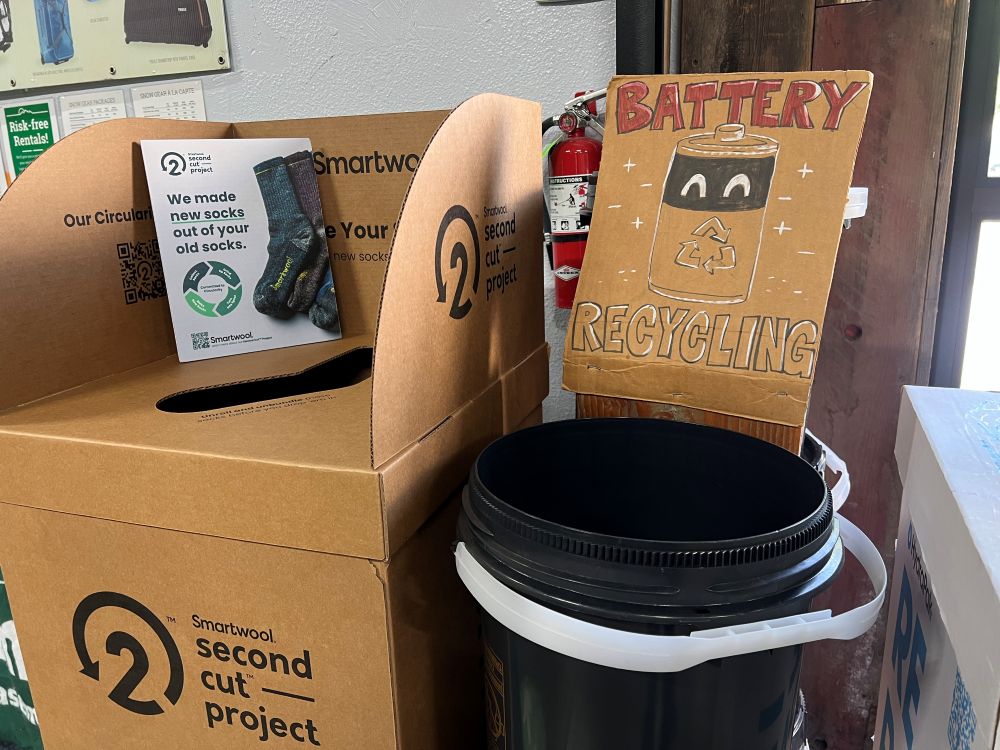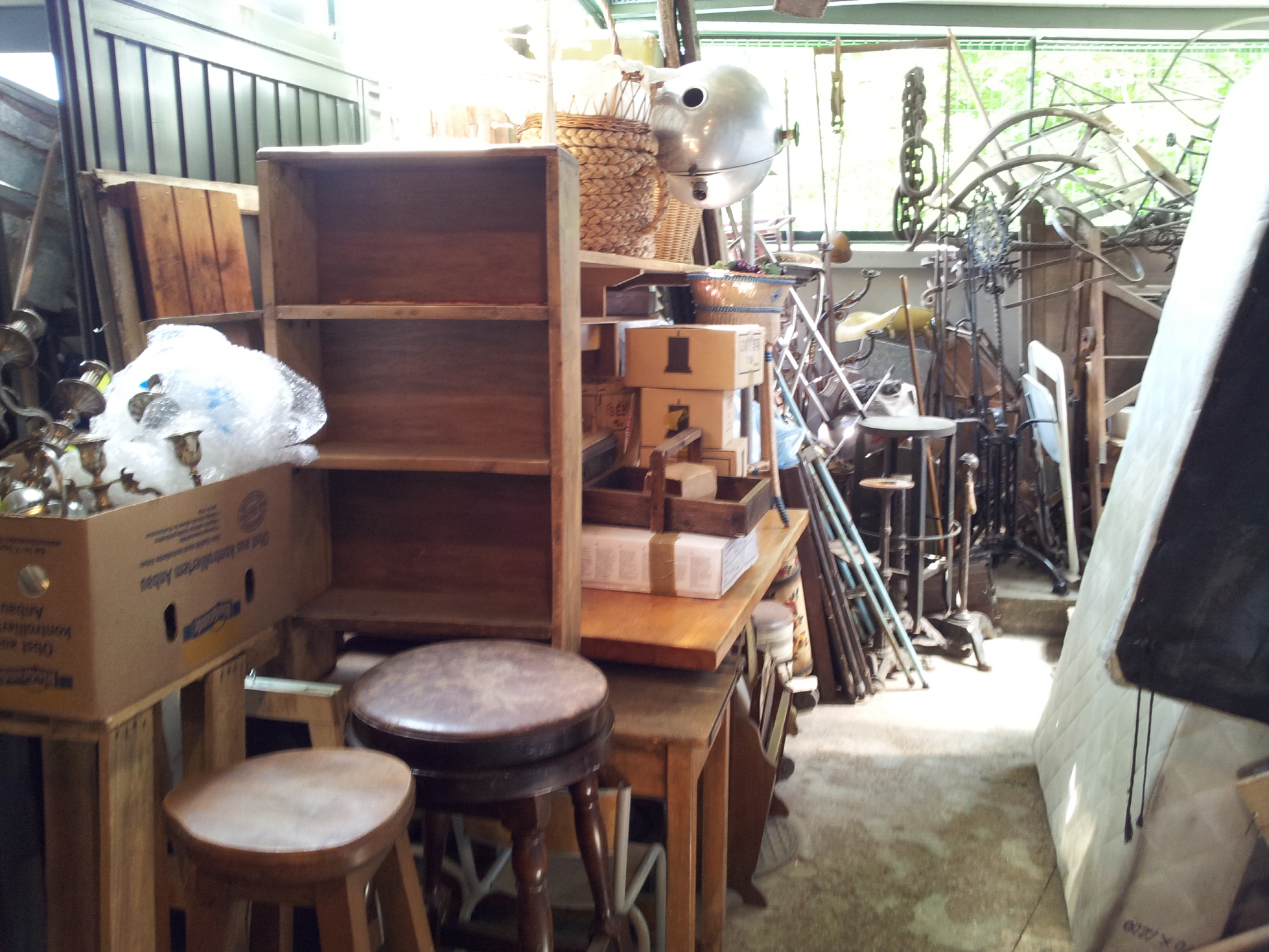
During my visit to Sports Basement at Sunnyvale in California, I explored their Pre-Loved Section, where people share their used items with others.

This section is more than a collection of secondhand goods. It represents a community effort to extend the life of products.
The term “pre-loved” is appropriate. Unlike the utilitarian terms such as recycling, “pre-loved” speaks to the warmth and emotional bond we feel towards our belongings. This perspective resonates in today’s conscious consumerism. Each item in this section tells its own story.


Although Sports Basement operates as a company, it functions like a flea market, providing a platform where people can reliably pass along items. We often form emotional attachments to our possessions, which shape our decisions to resell them. Platforms that facilitate these exchanges play an important role in enabling such decisions, and Sports Basement’s Pre-Loved Section is an example of such a platform.
***
Reference
Lastovicka, J. L., & Fernandez, K. V. (2005). Three paths to disposition: The movement of meaningful possessions to strangers. Journal of Consumer Research, 31(4), 813-823.
Our interpretive research treats meaningful possessions as vessels of public and private meanings. From this perspective, we unpack consumer disposition of meaningful possessions to strangers at garage sales and online auctions. We reveal how a range of valences of self-extension and self-references other than the ideal self shape a meaningful possession’s journey from self to other. We identify a new iconic transfer divestment ritual, deepen and reinterpret other divestment rituals, and uncover how a shared sense of self allows possessions to migrate across seller-buyer boundaries. We present and discuss the implications of a model depicting three paths to disposition.




